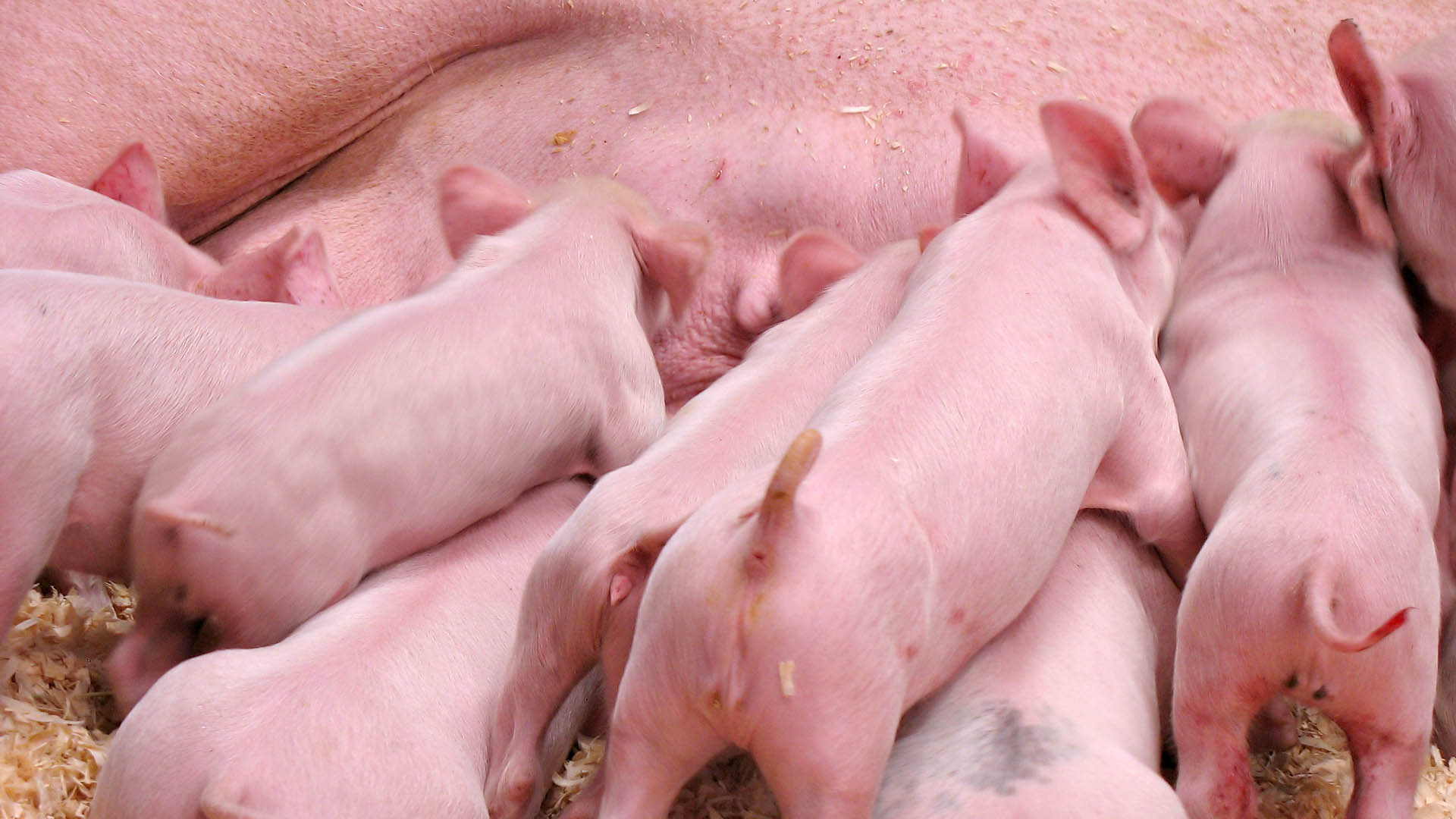It’s a good thing that the National Australia Bank’s (NAB) shares remain suspended until next Tuesday as the bank beds down the bulk of its record $5.5 billion rights issue.
Otherwise there would have been another sell-off by shareholders nervous about the size of the fund raising, the change of chairman and the weak interim result and unchanged dividend.
But you can bet that once the shares are relisted next week, then there will be a wave of selling as some shareholders who want to quit the stock, or reduce their involvement sell and take profits.
NAB is selling the issue and changes in the UK as a ‘clearing of the decks’ which it has.
But the idea that the NAB is now refocusing on Australia and NZ is a bit weak seeing both banking markets are now going to lose steam and place the bank (and its peers) under more pressure before conditions improve.
This clean up of the UK mess should have been done two years ago to be really credible.
The bank is issuing 194 million new ordinary shares at $A28.50 each (around 8% of the capital), against the closing price on Wednesday of $35.20, a 19% discount.
The move will reduce cash earnings a share for the March 2015 half of the year by 4.5%, NAB said in yesterday’s documentation and reports. Return on equity will also be down by around 1.4%.
CEO Andrew Thorburn said that the bank went forward with the rights issue as a “strong balance sheet has always been a priority”.
"The capital raising facilitates our proposed exit from the UK banking business and positions us ahead of anticipated regulatory changes. (in Australia),” Mr Thorburn said.
Roughly 70% to 80% of the Clydesdale Bank, will be demerged to NAB shareholders, with the remaining 20% to 30% to be floated in an initial public offering to institutional investors.
NAB added that it was still open to a sale of of Clydesdale, but that is unlikely given that the NAB has been trying to go down this route without any success.
NAB shareholders won’t want shares in Clydesdale Bank and it’s likely to sink like a stone when the partial float happens as a wave of selling from Australia swamps the market. That makes the issue price for an IPO very tough to set and it will probaby end up on the low side.
The bank also said that it had reached a reinsurance agreement with a “major global reinsurer” to release $500 million in tier one capital from its insurance arm. It will also reduce NAB’s exposure to retail life insurance which has been a bit of a bottomless pit in recent years with big losses from bad policies and some claims of misselling.
NAB said it could have achieved the demerger of its UK business with a smaller capital raising, such as by partially underwriting its dividend reinvestment plan, but this would have taken its capital levels to the lower end of its preferred range.
The 1.7 billion pounds ($A3.2 billion) in capital support NAB must provide to the UK assets it offloads will be deducted from NAB’s group capital holdings. The NAB claimed that the number was “substantially” higher than its own stress testing scenario suggested.
“While this figure is substantially in excess of NAB’s own stress test scenario, we believe that the disadvantage of the expected capital deduction is outweighed by the benefits of separating the business," it said yesterday.
NAB said that if actual losses from the charges in the UK were lower than £1.7 billion, it would receive the benefit through its own group capital ratio.
It also said that although there had been "significant progess" in its talks with regulators, there was "no certainty" the transaction would occur.
The NAB said it wanted to maintain a 99c fully-franked dividend for the second half of this year after announcing a flat 99c per share interim payout.
On the earnings front, NAB said cash earnings in the Australian bank were $2.57 billion, up 4% driven by revenue increases of 3.9% on higher housing and business lending. But these were partly offset by weaker margins, with the lending margin contracting 6 basis points to 2.11%.
The NAB’s cost to income ratio dipped to 44.5% from 54.4% – unlike those from Westpac and the ANZ where rises were recorded.













